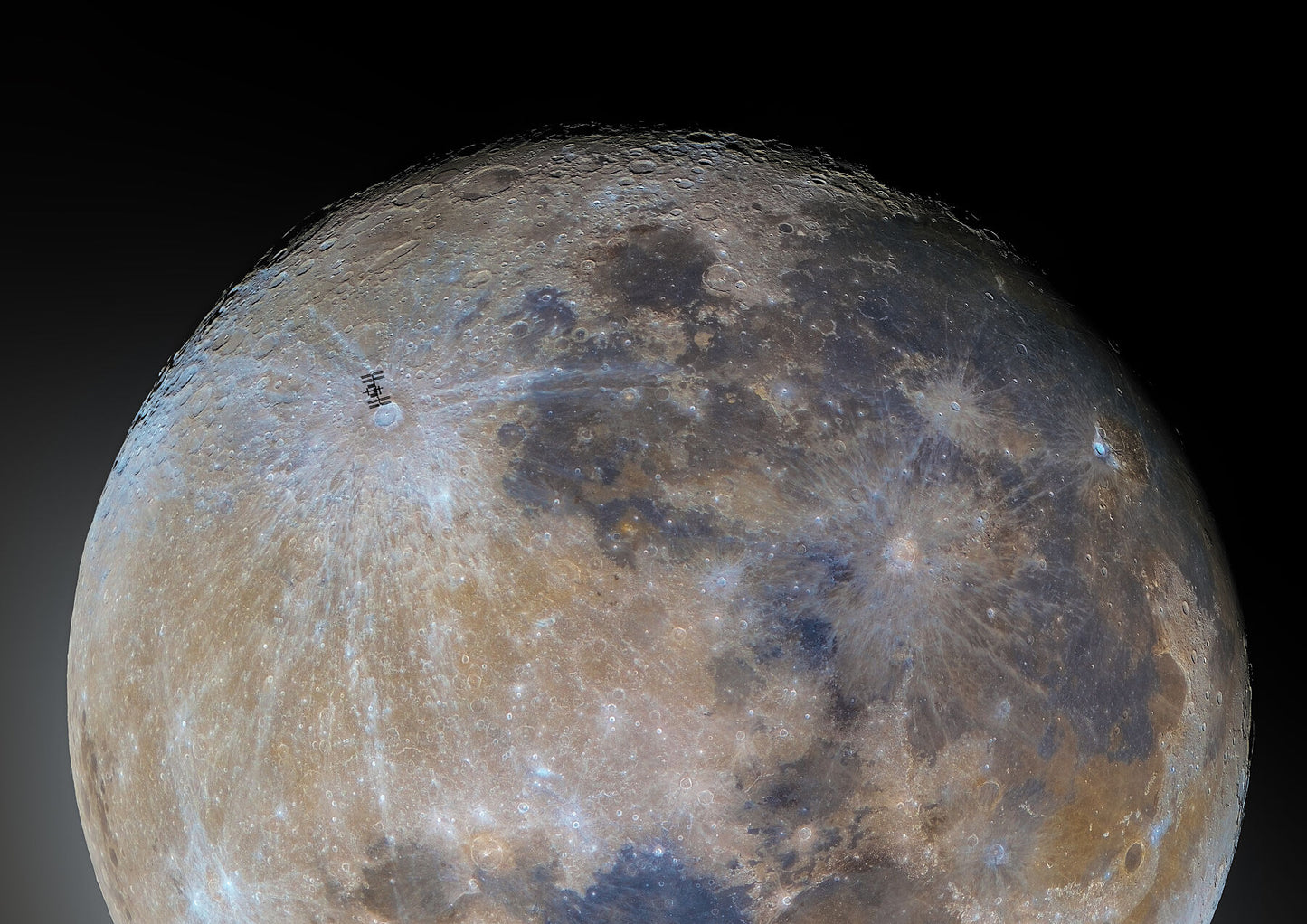Support my work by getting a fine art print of the sun!
A quick note before reading: This guide will help you understand the mechanics of solar astronomy, but DO NOT attempt to observe the sun without first reading through your telescope's owners manual, and subsequent solar filters instructions. Solar astronomy is dangerous, and a mistake could leave you blind.
We're lucky to have the sun. Without it we wouldn't exist! But it also offers us a unique opportunity: The ability to study a star in detail.
Other stars are so far away seeing surface details on them is essentially impossible (with few rare exceptions). Our sun, while still being 93 Million miles away, is close enough that a powerful telescope can study its features.

So how do I do capture the sun's details?
Again, DO NOT attempt to point a telescope at the sun unless you are using proper equipment designed for it. My telescopes are specifically made to purge the sun's heat. You could easily blind yourself.
To SAFELY observe the sun, there are mylar filters that you can wear like sunglasses. This is like a really powerful neutral density filter that uniformly blocks most of the sunlight, revealing it as a dim disc in a vast black sky. If you look closely you can spot larger sunspots (when they're there, of course. Not a guarantee). These are only designed to work without any additional optics.

If you have a pair of binoculars or a telescope, similar filters can be placed over the aperture end of the device. DO NOT simply wear these and look through binoculars or a telescope, the focused sunlight will burn a whole right through them. They MUST be placed on the aperture before the sunlight enters the optics. This will allow you to see all the sunspots in detail!

When used with a large telescope, it's possible to observe the granulation of the photosphere as well as the sunspots.

So how do I resolve atmospheric details, like spicules, prominences, and filaments? The trick is tuning the telescope to an emission line where these objects aren't drown out by the bright photosphere. Specifically, I'm shooting in the Hydrogen-alpha band of the visible spectrum (656.28nm). Hydrogen Alpha (HA) filters are common in astrophotography, but just adding one to your already filtered telescope will just reduce the sun's light to a dim pink disk, and using it without the aperture filter we use to observe the details on the photosphere will blind you by not filtering enough light. If you just stack filters, you still can't see details. So what's the solution?
A series of precisely-manufactured filters that can be tuned to the appropriate emission line, built right into the telescope's image train does the trick! While scopes built for this purpose do exist (look up "coronado solarmax" or "lunt solar telescope" I employ a heat-tuned hydrogen alpha filter (daystar quark) with an energy rejection filter (ERF) on a simple 5" doublet refractor. That gives me a details up close look at our sun's atmosphere SAFELY. I've made a few custom modifications that have helped me produce a more seamless final image, but am not *quite* yet ready to share them, but just the ERF+Quark on a refractor will get you great views.
The challenge with my configuration is it leaves a very small field of view. Each of my solar shots are generally mosaics of anywhere from 30-50 individual tiles, each of which is a stack of thousands of images. The final result, however, is worth it. Here's an image I created using this method:

Pick up "Solar Fury" in print HERE
While I discussed how to filter out the sun's light to safely observe it, photographing it is a completely different topic, one that I will discuss on a follow-up post. Make sure you sign up for emails if you haven't already if you want a heads up when it drops.
Help support my journey by hanging a piece of my work on your wall
Or by subscribing to download full size images from all my work as it is released
-Andrew
Want to get an email when I drop a new image or article, sign up for emails! The sign up is at the bottom of this page.






